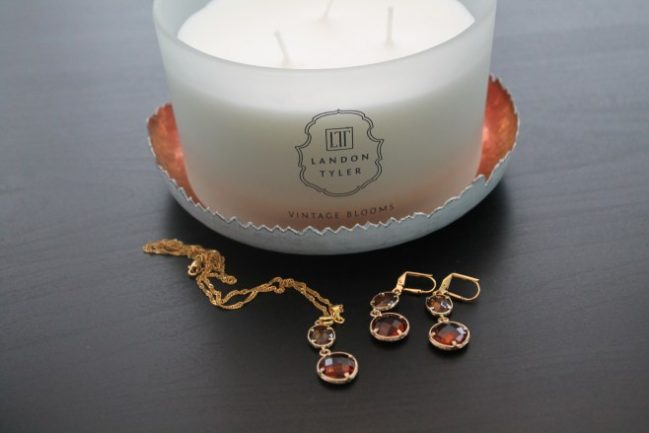Many pieces that are sold today are made of gold; if you are selling gold you need to identify the karat and the weight. Gold has a high value and is easily converted into money making its value is fairly easy to determine.
Your first job is to identify the quality of your piece. All pieces of jewellery are hallmarked – however, depending on the age of your piece the Hallmark may have faded or be difficult to read. Not all Hallmarks are good Hallmarks though; some Hallmarks signify that the piece is not real gold but many buyers assume that a Hallmark indicates quality and buy the piece anyway, costing them when they come to sell. Rolled gold and plated gold pieces for example are typically hallmarked but the pieces are not true gold; GP typically indicates that the piece has been plated with gold and the number 900 suggests the piece is made out of silver and has been plated.
Next you need to work out what the karat of your gold is. Your piece may be marked with a ‘k’ sign, a ‘ct’ sign or a 3 digit number – each one tells you something about the karat of the gold. The three digit number simply refers to the quality of the piece in parts per 1000. For example 9 karat gold is 9 parts of 24 gold, or 375 pieces out of 1000- equal to 37.5% gold.
The value of your gold does not depend on its colour but on its weight- inexperienced sellers or owners of jewellery often consider rose gold to be less expensive and white gold to be more expensive than yellow gold but this isn’t the case.
It’s worth noting that other factors not related to weight and quality can affect a piece’s value too. If the piece is an antique then it will likely fetch more than a modern piece of the same karat when it’s sold.
Ultimately though you will have to have your piece valued by a professional as well to identify the true value of your it and decide if and how you want to sell it. You have the choice of selling directly to a jeweller, to a bullion dealer or at an auction. A bullion dealer will give you a very accurate price for your gold but they won’t consider its history; a jeweller will probably give you the lowest amount. Given the current demand for gold pieces selling at auction is probably your best bet (even with the commission you’ll have to pay for the valuation especially if you have a piece that has historic or collectible value.
![]()

Actually, my dad is going to sell my Grandmother’s ring for me at some point soon at an auction- he’s been keeping an eye on the price of gold and waiting for a good time to sell so that’s a good tip. I feel bad about it but it was given to me almost 20 years ago and I’ve never worn it and so we feel it might be best to sell it!